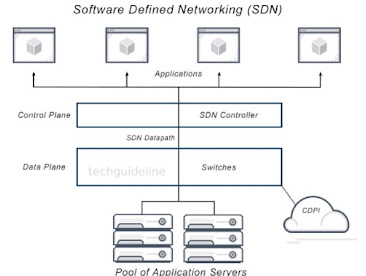British Pound sterling
British Pound
sterling, the basic monetary unit of Great Britain, divided (since 1971) decimally into 100 new pence. The term is derived from the fact that, about 775, silver coins known as
“sterlings” were issued in the Saxon kingdoms,
240 of them being minted from a pound of
silver, the weight of which was probably about equal to the later troy pound.
Hence, large payments came to be reckoned in “pounds of sterlings,” a phrase
later shortened to “pounds sterling.” After the Norman Conquest, the pound was divided for accounting purposes into 20
shillings and into 240 pennies, or pence. In medieval Latin documents the words libra, solidus, and denarius were
used to denote the pound, shilling, and
penny, which gave rise to the use of the symbols and dOn
February 15, 1971, the pound sterling was
officially decimalized into 100 new pence. The symbol £ was retained for the
pound sterling, and the letter p was
chosen for the new penny. The full
official name pound sterling (plural: pounds sterling), is used mainly in formal contexts and also when it is
necessary to distinguish the United Kingdom currency from other
currencies with the same name. Otherwise, the
term pound is normally used. The currency name is sometimes
abbreviated to just sterling, particularly in the wholesale
financial markets, but not when referring to specific amounts; for example,
"Payment is accepted in sterling" but never "These cost five
sterling". The abbreviations "ster." and "stg." are
sometimes used. The term "British pound" is sometimes used in less
formal contexts, but it is not an official name of the currency.



Comments
Post a Comment